Summary
This fishing area is known for its abundant and diverse fish populations, including rainbow trout, cutthroat trout, brook trout, and splake. Warner Lake is also surrounded by beautiful scenery and offers plenty of nearby activities such as camping, hiking, and wildlife watching.
Fishing Tips:
- Use a variety of bait such as worms, minnows, or lures to attract different types of fish.
- Fishing can be best during the early morning or late evening hours.
- Look for areas with underwater structure or drop-offs where fish may be hiding.
Best Time of Year to Visit:
The best time to visit Warner Lake for fishing is during the spring and fall seasons when the water temperature is cooler and fish are more active. The average temperature during spring (March to May) is between 40 to 65°F, while the average temperature during fall (September to November) is between 45 to 70°F.
Nearby Activities:
Warner Lake is located within the Manti-La Sal National Forest, which offers plenty of outdoor activities such as camping, hiking, and wildlife watching. Visitors can also explore nearby towns such as Ferron and Castle Dale, which offer unique shops and restaurants.
Overall, Warner Lake is a great fishing destination for both experienced and novice anglers. With its diverse fish populations and beautiful scenery, it's the perfect place to spend a day or weekend fishing and exploring the great outdoors.
Weather Forecast
Nearby Streamflow Levels
Angling Safety Guidelines
Check local fishing rules, seasons, size limits, and license requirements to ensure legal and sustainable angling.
Handle Fish Responsibly
Use wet hands, minimize air exposure, and release fish gently to improve survival rates when practicing catch-and-release.
Choose the Right Gear
Match your rod, line, and tackle to the species and conditions to increase success and reduce unnecessary harm to fish.
Respect the Waterway
Avoid disturbing habitat, prevent bank erosion, and keep a safe distance from spawning areas to protect ecosystems.
Keep It Clean
Pack out all line, hooks, bait containers, and trash—discarded gear can injure wildlife and degrade waterways.
Related Links
Area Campgrounds
| Location | Reservations | Toilets |
|---|---|---|
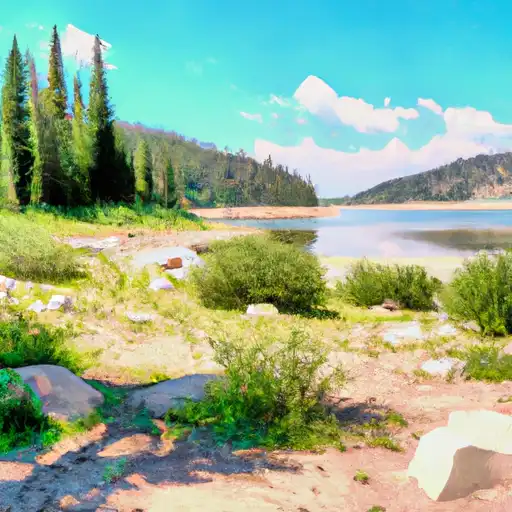 Warner Lake
Warner Lake
|
||
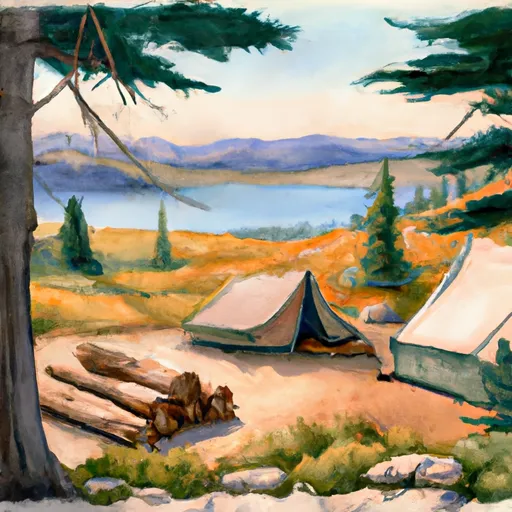 Warner Lake Cabin
Warner Lake Cabin
|
||
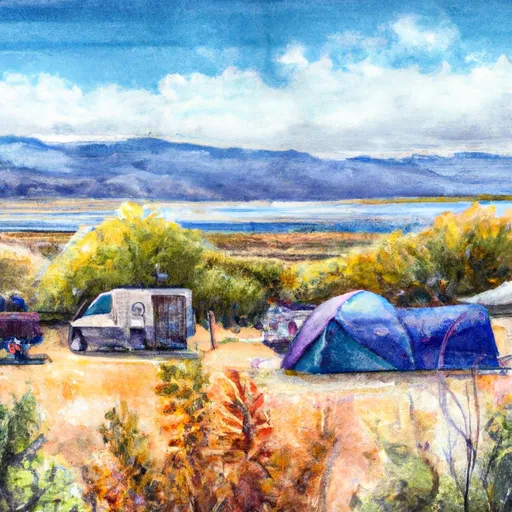 Warner Lake Campground
Warner Lake Campground
|
||
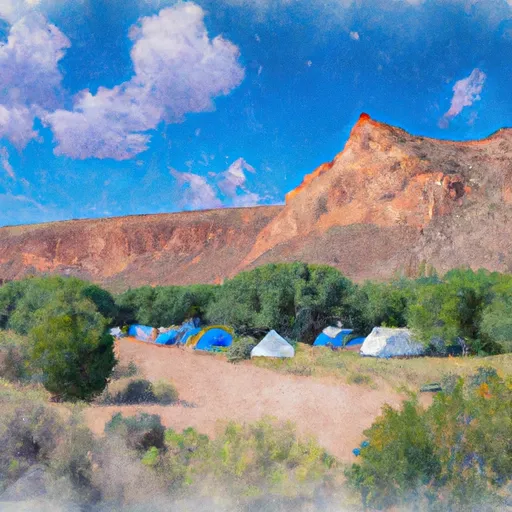 Oowah Campground
Oowah Campground
|
||
 Oowah
Oowah
|
||
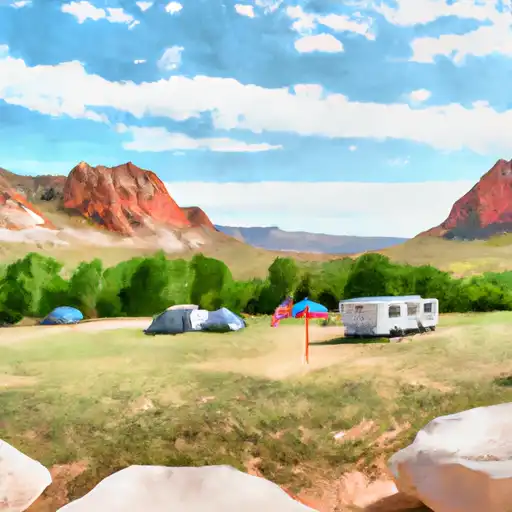 Masons Draw
Masons Draw
|

 Oowah Lake
Oowah Lake
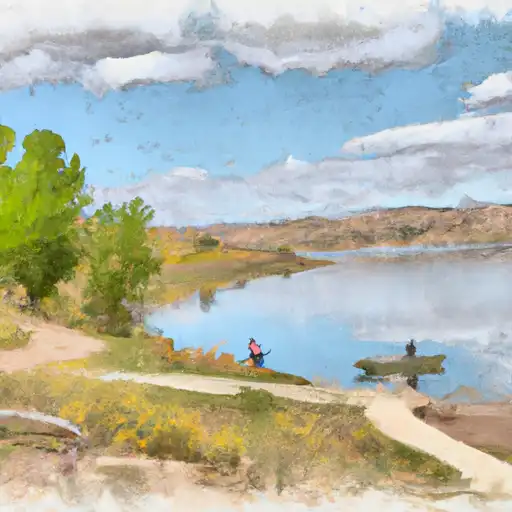 Clark Lake
Clark Lake
 Blue Lake - La Sals
Blue Lake - La Sals
 Medicine Lake
Medicine Lake
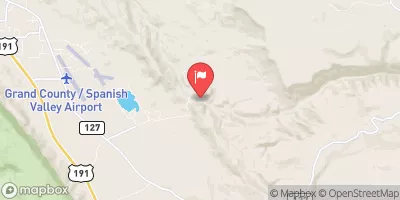
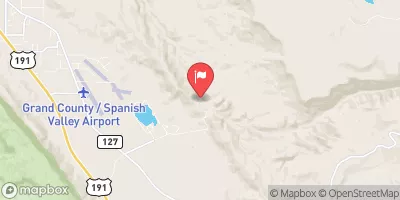
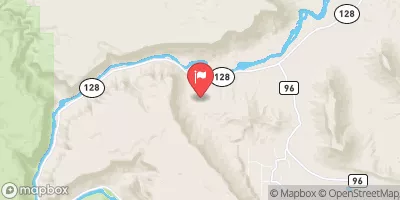

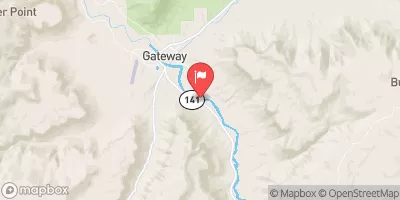
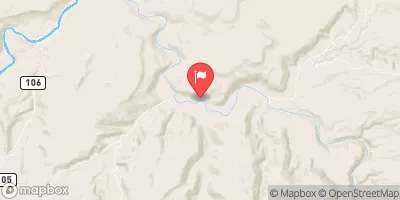
 Lake Oowah Dam (Fs)
Lake Oowah Dam (Fs)